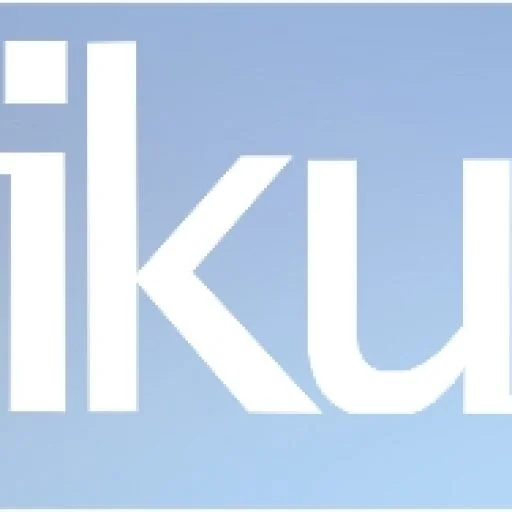 Yeni Avrupa STEMI (ST yükselmeli miyokard enfarktüsü) Kılavuzu, bakım koordinasyonuna vurgu yapıyor.
Yeni Avrupa STEMI (ST yükselmeli miyokard enfarktüsü) Kılavuzu, bakım koordinasyonuna vurgu yapıyor.
New European STEMI Guidelines Emphasize Care Coordination
Reed Miller
August 26, 2012 (Munich, Germany) — Authors of the new European Society of Cardiology (ESC) guidelines for the management of patients with acute ST-elevation MI (STEMI) hope their recommendations spur efforts to improve the speed and efficiency of STEMI care in Europe [1].
The new guidelines were announced here today at the European Society of Cardiology 2012 Congress by Dr Gabriel Steg (Hôpitaux de Paris, France), chair of the task force that wrote the new recommendations. The new document, also published in the European Heart Journal,supplants the guidelines released in 2008 and complements the non-STEMI treatment guidelines released at last year’s ESC congress.
The new guidelines “emphasize the need to have geographic networks to care for patients so that the decisions and protocols are not simply coordinated at one site or one department, but across geographic regions between the various stakeholders,” Steg told heartwire.
It is hoped that better coordination and organization of STEMI care will reduce delays in the treatment of this urgent population. The new guidelines are “much more demanding [than the 2008 guidelines] in terms of delays,” he said. The new standard for time from medical contact to ECG is 10 minutes, and “the fact that you use primary PCI should not lead to complacency about the delays. You should target 60 minutes.” Two hours is the limit of acceptable delay for a patient transferred from a non-PCI center to a PCI center, but the target should be 90 minutes, Steg said. If PCI within two hours of presentation appears to be impossible, then fibrinolysis should be administered within 30 minutes.
The guidelines also advise interventionalists to monitor and report their performance, including door-to-balloon times and any other treatment delays. “I think that’s quite novel for Europe to encourage widespread reporting of that.” Europe does not yet have a pan-European STEMI registry, but some countries have national registries, he pointed out.
The guidelines recommend that if fibrinolysis succeeds, angiography can begin with the expectation of PCI within three to 24 hours. If fibrinolysis fails, the interventionalist should consider PCI immediately, the guidelines suggest.
The new guidelines recommend implanting drug-eluting instead of bare-metal stents in patients who are not contraindicated for dual antiplatelet therapy and are likely to stick to their prescribed regimen. The guidelines advise newer antiplatelet drugs, such as prasugrel (Effient, Daiichi Sankyo/Lilly) or ticagrelor (Brilinta, AstraZeneca) over clopidogrel.
The guidelines also support employing transradial catheterization rather than the transfemoral approach, but only in the hands of experienced operators.
Many areas in need of further research are identified in the guidelines, ranging from questions about early prehospital care to long-term management. But Steg said that if he had to pick one area as the most critical, he’d highlight the challenge of integrating the various concomitant drug therapies, especially triple therapy in stent recipients who have to have anticoagulation. “That’s a vexing clinical problem for which we have very little data.”
Steg has served as an advisor or consultant for Ablynx, Astellas, AstraZeneca, Bayer, Boehringer Ingelheim, Bristol-Myers Squibb, Daiichi Sankyo, Lilly, GlaxoSmithKline, Medtronic, Merck Sharp & Dohme, Pfizer, Roche, Sanofi, Servier, the Medicines Company, and Eisai. He has received grants for clinical research from Servier and owns stock, stock options, or bonds in Aterovax. |
References
- Steg G, James S, Atar D, et al. ESC guidelines for the management of acute myocardial infarction in patients presenting with ST-segment elevation: The Task Force on the management of ST-segment elevation acute myocardial infarction of the European Society of Cardiology (ESC). Eur Heart J 2012; DOI:10.1093/eurheartj/ehs215. Available at: http://eurheartj.oxfordjournals.org/
Heartwire © 2012 Medscape, LLC
